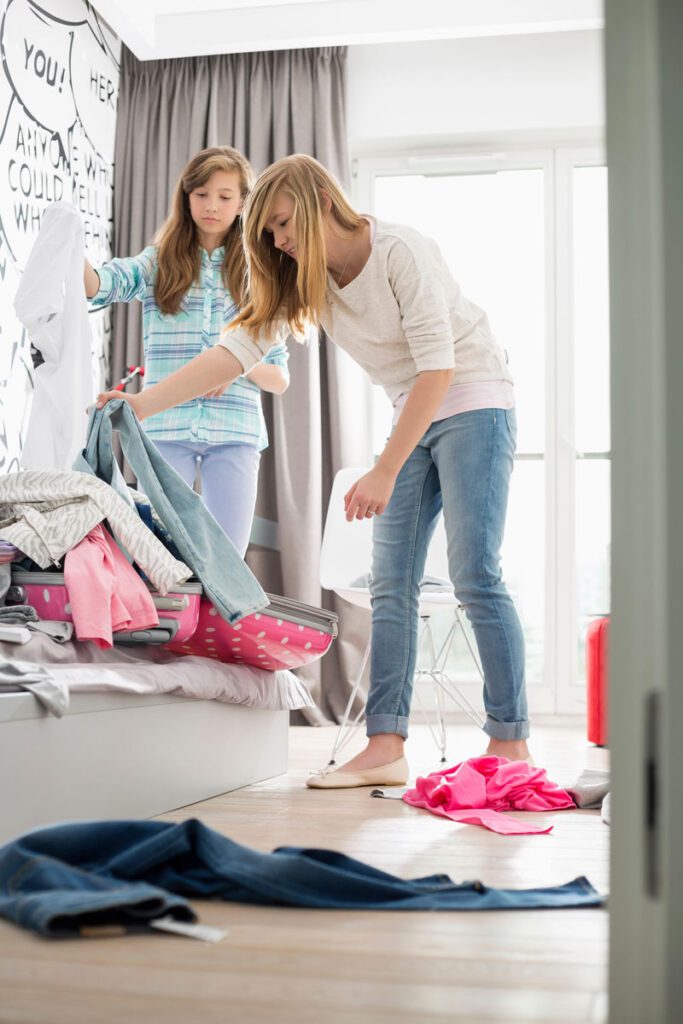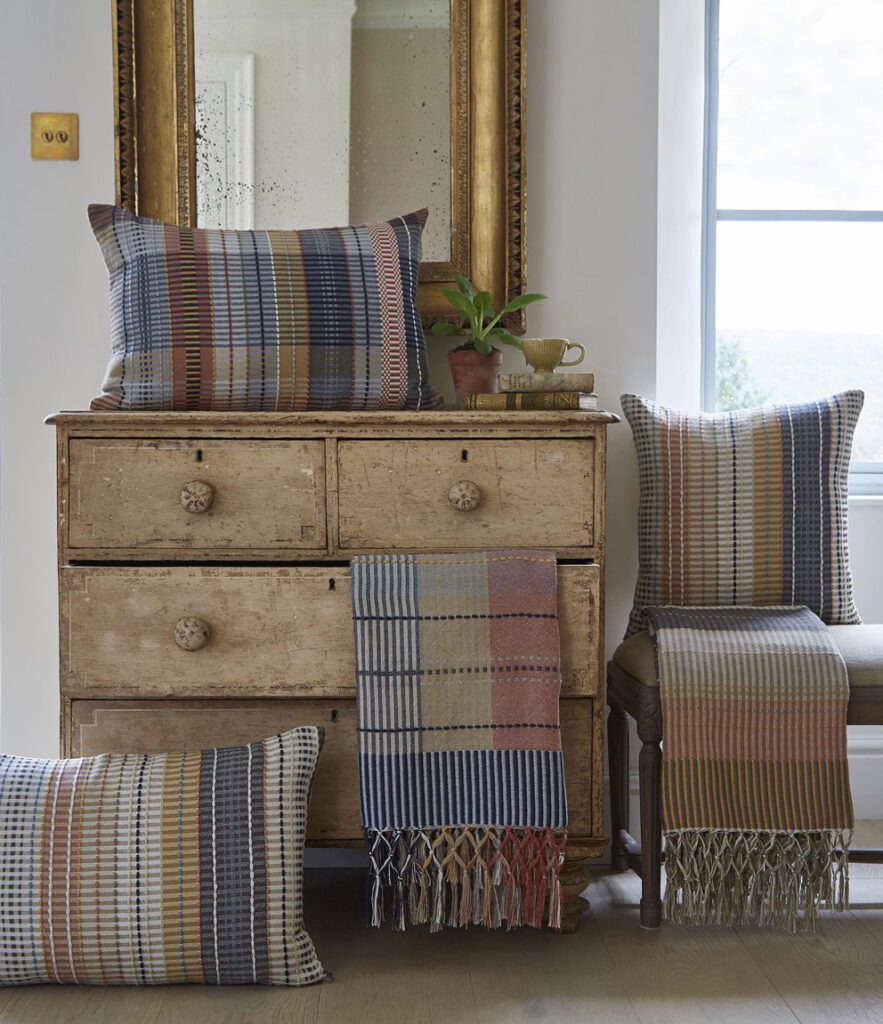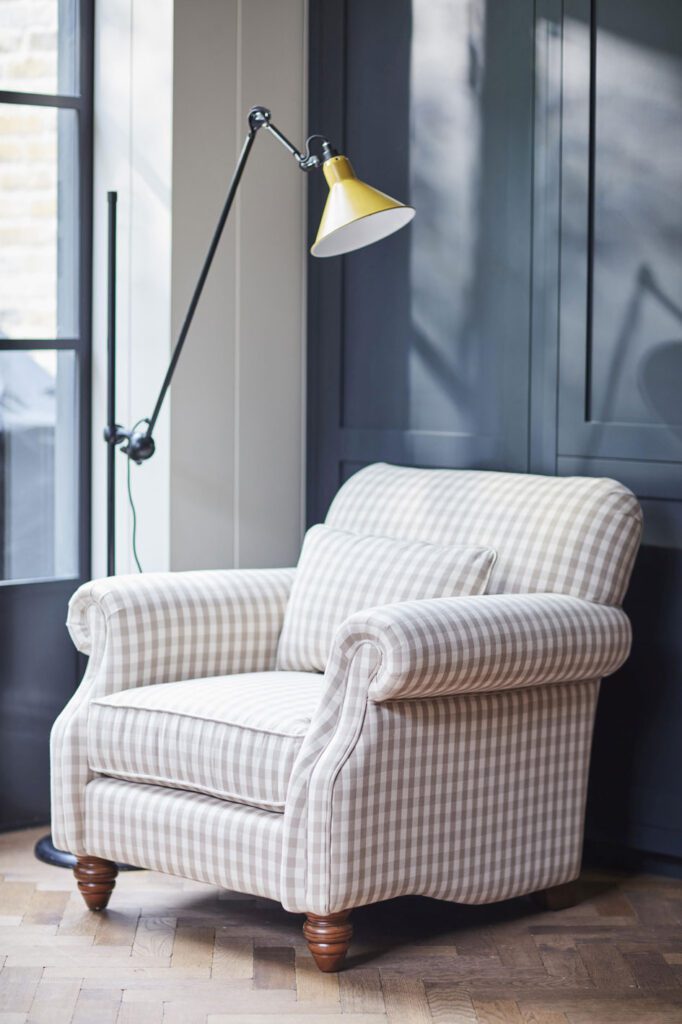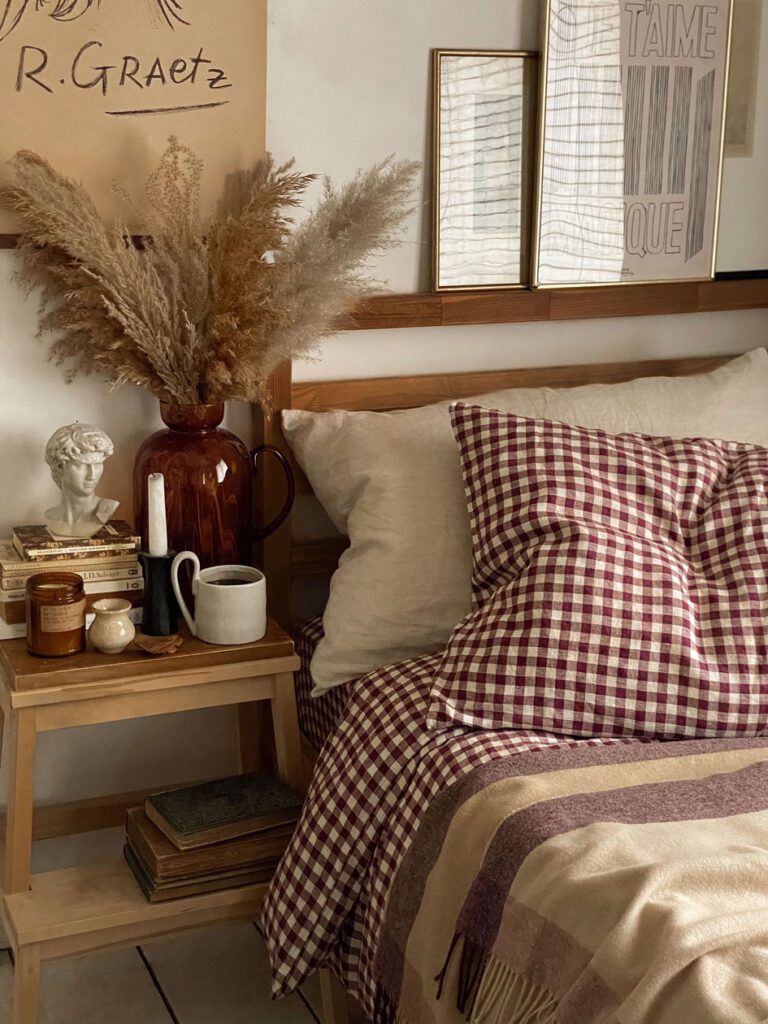As you bring your houseplants in after summer, think about location and light, an expert advises.
As the cooler months beckon, it’s time for houseplants to take centre stage, but if you’re not sure how you should be treating them, they may not last long.
It’s true, some are more difficult than others. If you’re prone to neglect, then you won’t have to think so much about watering plants like colourful Christmas cacti and even orchids, which only need watering once a week.
But if you are trying to look after more difficult types, such as the maidenhair fern, which can’t tolerate dry air, fiddle-leaf fig or zebra plant, you will need to give them much more TLC.
So, what should we NOT be doing?
Kate Lindley, product manager at Baby Bio (solabiol.com), offers this advice…

Don’t leave them outside for too long after summer
If you moved your houseplants outside over summer, make sure you don’t leave them out as the months get cooler. As soon as the temperatures drop slightly overnight, bring them in, or the chill could cause damage.

Don’t leave them near radiators or in draughts
When you bring them inside, don’t place them near draughty windows or in rooms which become particularly chilly, such as conservatories or porches.
Most common houseplants are native to warm, tropical environments, and are extremely sensitive to the cold. Bonsai trees, for example, can quickly die if they are left in a draughty spot.
Likewise, don’t place them near radiators, as intense heat from central heating can cause leaves to turn brown and crispy and cause plants to become stressed.
Instead, move them to a more central position in the room or elevate them away from the heat source. You can also add a humidifier or place your plants next to a tray of pebbles in a shallow layer of water to increase humidity. Remember to mist regularly, too.
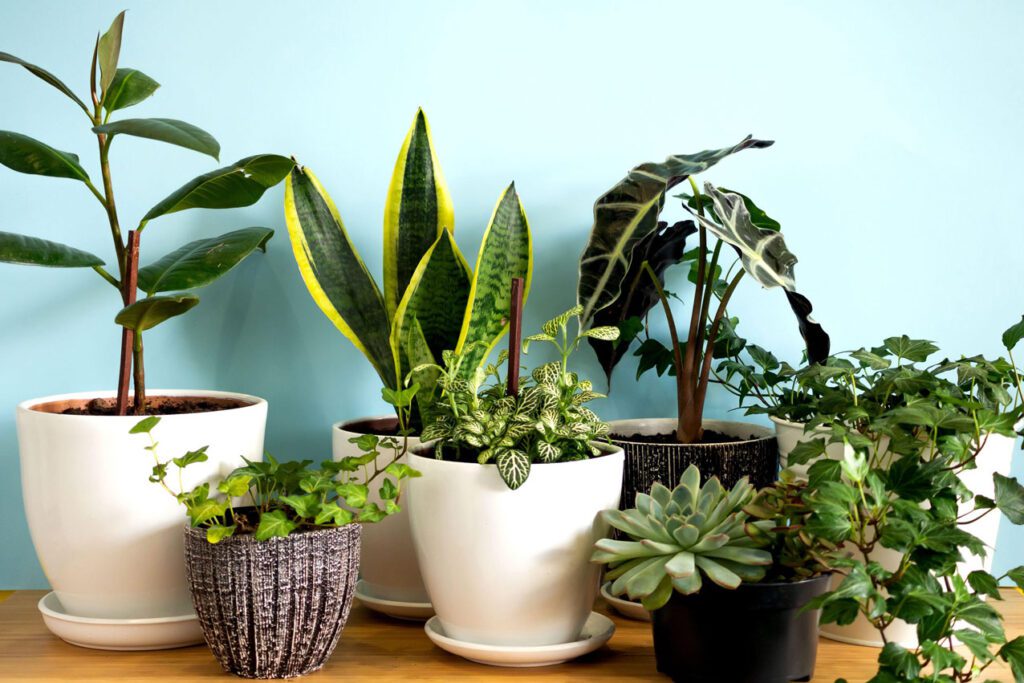
Don’t repot in winter
Ideally, the best time to repot houseplants is during spring and summer, when they are actively growing. It is possible to repot houseplants in autumn, just as long as it’s not too late into the season. Most houseplants become dormant throughout winter, so their rate of growth is much slower and roots may not take to the new soil as well.

Don’t propagate after autumn
Early autumn is usually your last chance to take cuttings from your plant babies, as root growth will slow down from November until next season.
There are several different ways to propagate, from water propagation to leaf cuttings and dividing – the most appropriate method depends on the type of plant you want to make multiply. Pothos, Monstera deliciosa, ZZ plants (Zamioculcas zamiifolia) and inch plants (Tradescantia zebrina) tend to prefer water propagation, whereas succulents are easy to propagate from leaf cuttings, and any plant which produces ‘pups’, like a Chinese money plant, can be divided.
During the dormant season, though, taking more hardwood cuttings (in other words, the whole stem) will provide best results, as there is more energy to help fuel the production of new roots.

Don’t overwater
One of the biggest killers of houseplants all year round is accidental overwatering, but they are particularly susceptible in autumn and winter, as plants are not actively growing, and therefore require much less water. Too much water can lead to root rot, gnat problems and a lack of oxygen reaching the roots.
Don’t water your plants straight from the cold tap
Tap water can become too cold during winter months, and shock the root system. Instead, use tepid water by allowing it to reach room temperature before watering your plants. Using up old glasses of tap water lying around the house is a great way of saving on water consumption.

Don’t leave them in dark rooms
Plants require sunlight to photosynthesise, but it is often in short supply during autumn and winter. Make sure you open your curtains and consider moving houseplants to a sunnier spot, such as a south-facing window (but out of direct sunlight), as long as it is not too close to a radiator or draughty window.





